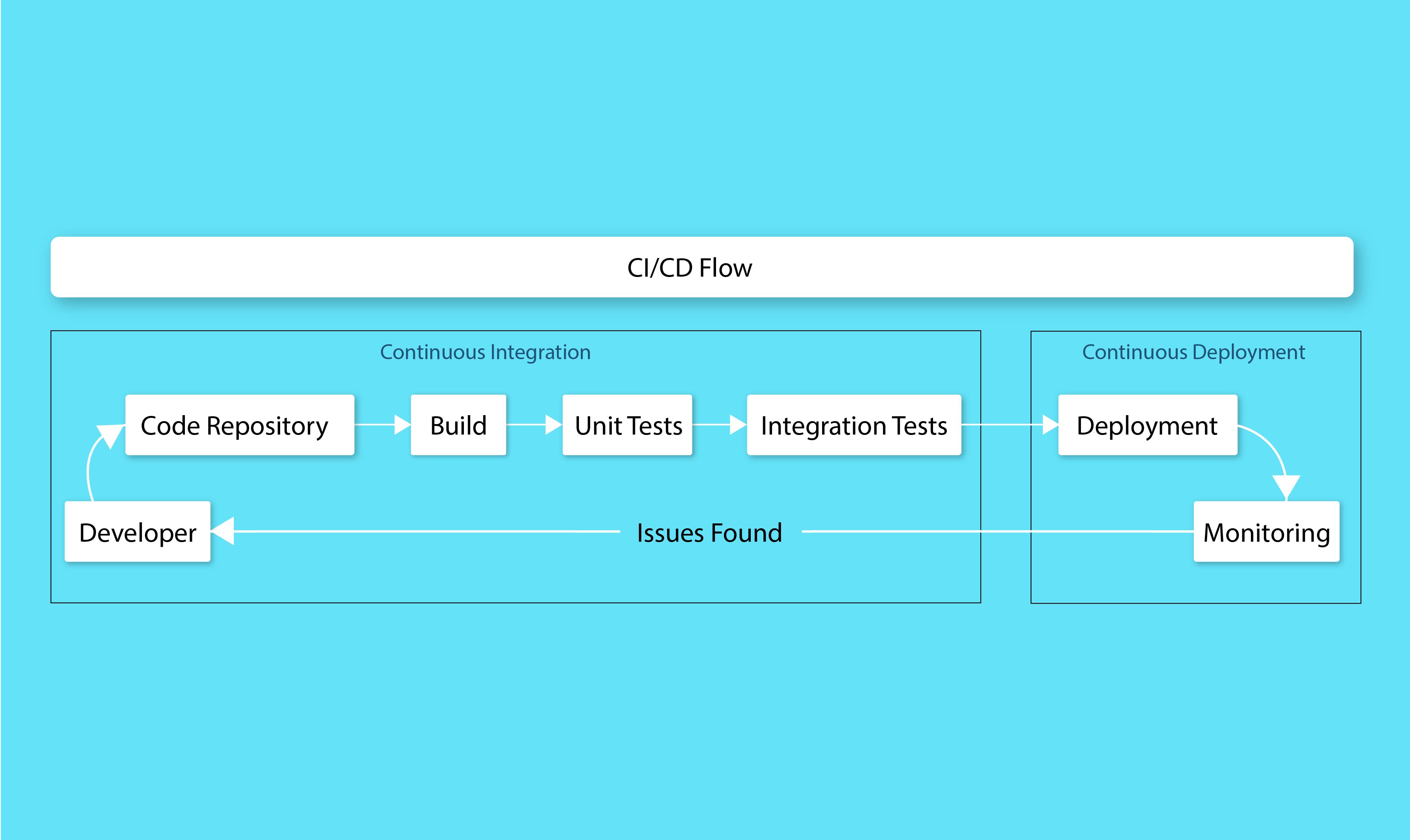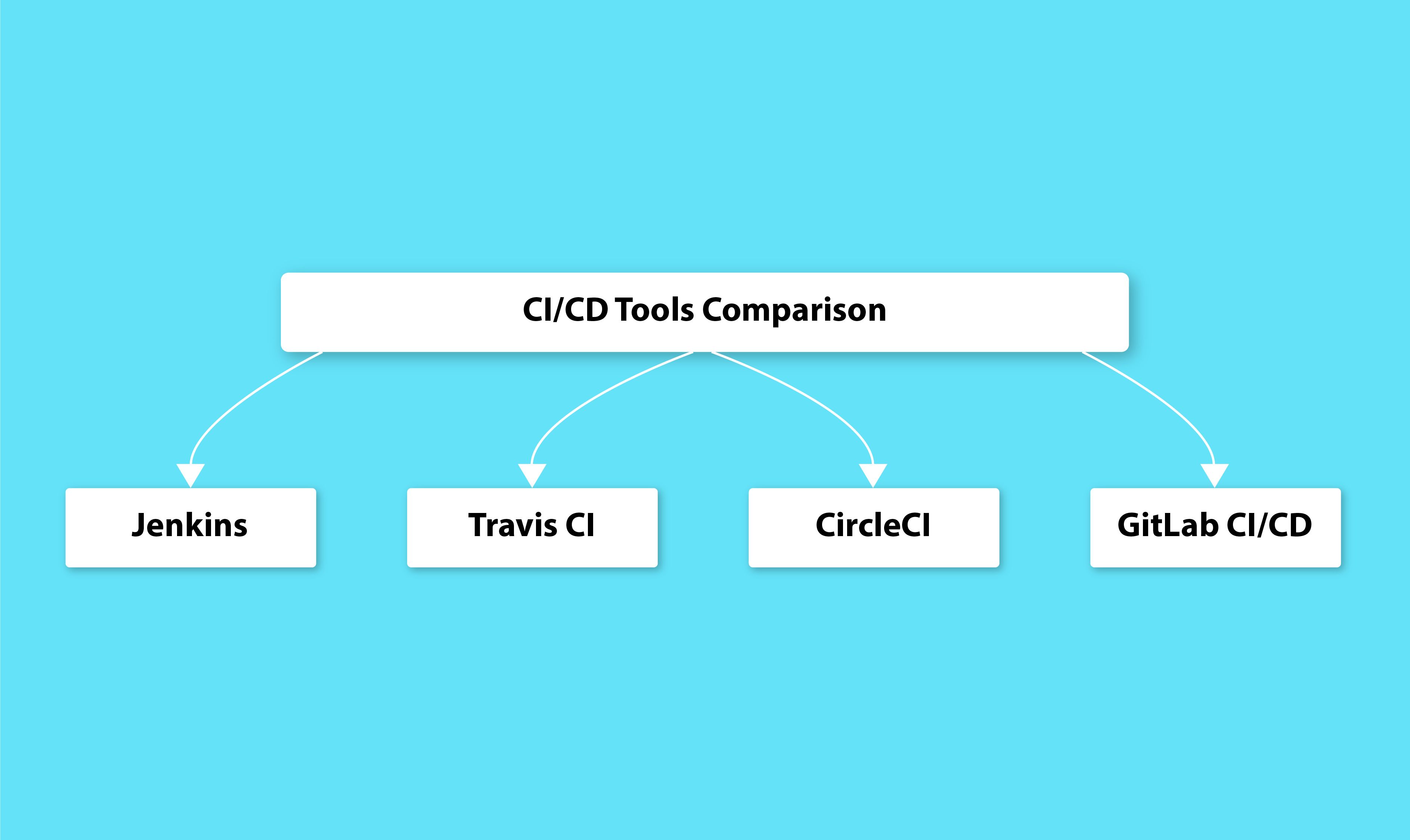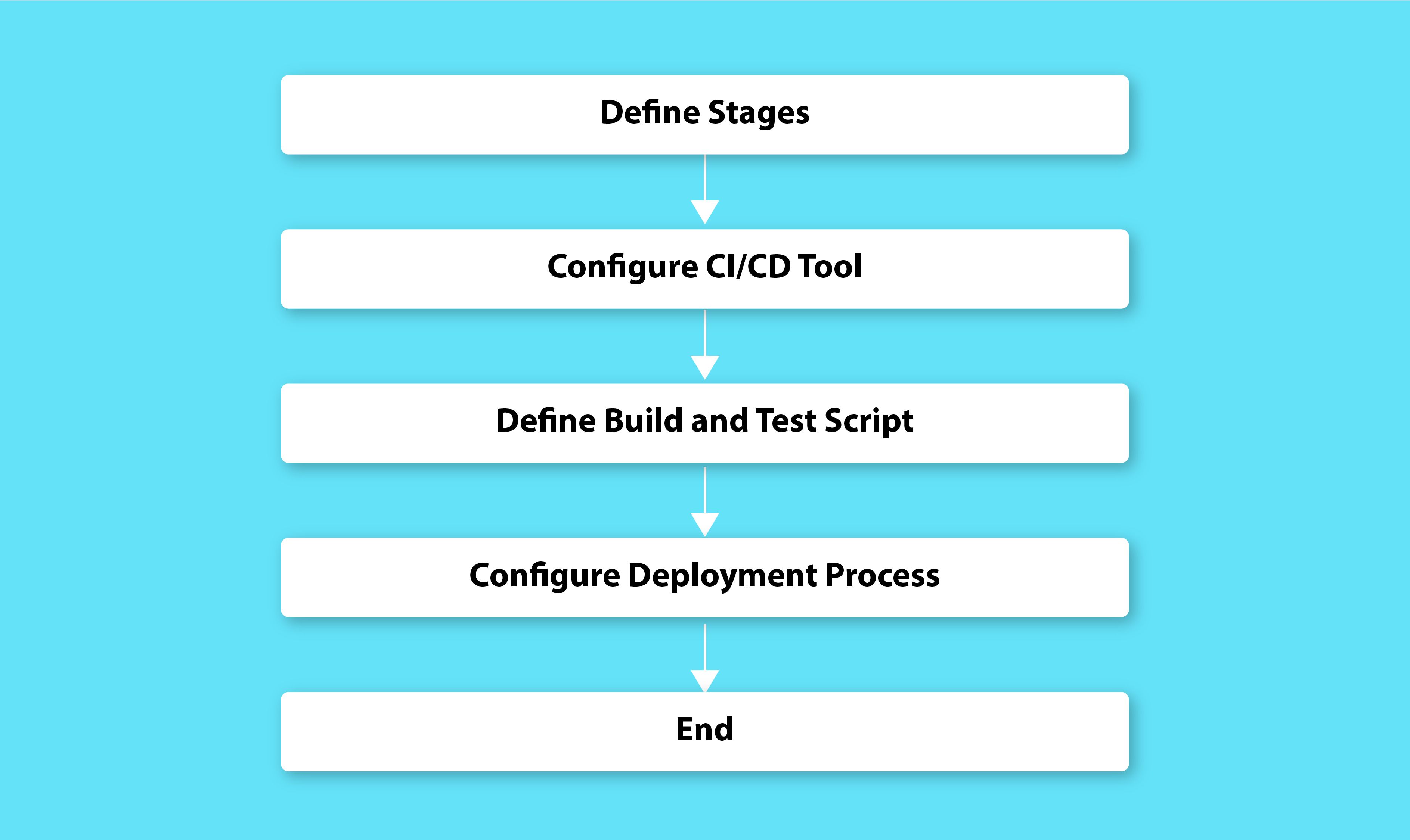Modern software development requires Continuous Deployment (CD) and Continuous Integration (CI). These methods enable the automation of software building, testing, and deployment that helps developers build quality applications more efficiently. Let’s look at the advantages of CI/CD and some best practices for setting up CI CD pipeline tools.
Why Use CI/CD in Software Development?
- Faster and More Frequent Releases: Developers can integrate code changes into a shared repository many times within a day by using continuous integration tools. This helps capture bugs earlier and shortens release cycles. Consequently, new features and updates get to users faster.
- Better Team Collaboration: Building automatic processes and tests ensures all teammates use the latest code base. This reduces issues with integration and enables continuous feedback thus making it easy to identify conflicts or problems and address them effortlessly.
- Improved Software Quality: Every time there is any change of code in the system, it goes through automated building and testing procedures, which enhance its quality. That is why this technology results in clean, professional codes with no chances of further errors appearing. Additionally, an automated launch keeps deploying software in a managed, reproducible manner every time it is required.
Best Practices for CI/CD Pipelines

For an effective ci cd pipeline, consider the following:
- Thorough Automated Testing: It is important to have all three types of automated testing, namely unit tests, integration tests, and end-to-end tests. These should be fast, accurate, and be triggered automatically upon modifying codes.
- Version Control System: A version control system such as Git should be used to manage the code base. This simplifies teamwork and peer reviews and reverts to earlier builds. Also, a clear branching strategy like GitFlow can help streamline the release process.
- Containerization: Docker is an example of some containerization tools that can be adapted to bundle your applications with their dependencies. This ensures that deployments are consistent across various environments while minimizing environment-related problems.
CI/CD Tools Comparison

A variety of ci cd devops tools exist, each with unique characteristics. Jenkins, Travis CI, CircleCI, and GitLab CI/CD are among the most popular. The choice of the tool depends on such factors as team size, project complexity, and organizational requirements.
- Jenkins: It is a commonly used open-source tool that is known for its flexibility and customization capabilities. With a large community and many plugins, it is ideal for complex projects.
- Travis CI: An easy-to-use cloud-based platform that enjoys popularity among smaller teams as well as open-source projects.
- CircleCI: Another cloud-based solution that has a smooth user interface that integrates well with other apps and supports different programming languages.
- GitLab CI/CD: This powerful DevOps tool is integrated with the GitLab version control system to offer a complete development pipeline with in-built continuous integration and continuous deployment facilities, hence unifying code management, pipelines, and project management through one interface.
Our Favorite CI/CD Platform: GitHub Actions
GitHub Actions have a properly built-in ci cd pipeline in your Git repositories. GitLab CI/CD, on the other hand, requires an additional platform to make development smoother and more efficient.

A typical Github Actions Build Pipeline

A typical Github Actions Deployment Pipeline
How to Set Up a CI/CD Pipeline

Setting up a CI/CD pipeline involves several steps:
The stages which are supposed to be followed by the pipeline should be identified. For instance, build, test, and deploy.
- Triggers should be set up: The developer ought to connect the version control system with their ci cd pipeline tools and then create webhooks or triggers that will initiate the process whenever code changes occur.
- Creation of build and testing scripts is required: These scripts must be kept in version control and run automatically by a ci cd devops tool.
- Deployment should also take place: You need to identify where you want your code to go after creation, put together the infrastructure needed, and automate these deployment steps. Where possible Docker could come in handy when it comes to making deployments across various environments look uniform.
CI/CD for Cloud Applications
- For cloud applications, CI/CD is particularly beneficial: They offer AWS, Azure and Google Cloud as examples of cloud platforms that enable the deployment and running of apps on scalable and flexible infrastructure.
- Automation and Efficiency: The ci cd pipeline can leverage the use of services such as autoscaling or infrastructure-as-code to automate deployments, thereby allowing efficient utilization of resources.
- Parallel Testing: For example; by using cloud-based testing services, tests are run in parallel at scale to provide speedy feedback which reduces the time for test execution.
Now that we know why CI/CD is good for agile development, let us look at where it truly excels – this is why.
CI/CD works well with Agile Development
The principles of Agile development, such as iterative development, frequent releases, and continuous improvement, are perfectly matched with continuous integration and continuous delivery. Through automating build, test, and deployment processes, CI/CD helps teams respond faster to changes and get value to users more often.
Moreover, this also fosters collaboration among the various agile team members thus enhancing communication among them. It also encourages developers, testers or other stakeholders to work together while promoting shared feedback amongst them so that they can continually improve upon their development process.
Advancing Software Quality via CI/CD
One major advantage of CI/CD is that it improves the quality of software. Due to executing tests automatically upon every change of code, bugs are caught and fixed in time within ci cd pipeline. This leads to higher-quality codes with fewer regressions.
CI/CD also helps to build a culture focused on quality. It encourages developers to write clean, modular, and testable code. The feedback loop enables developers to continually improve their coding practices and address any issues relating to quality.
CI/CD under DevOps Culture
DevOps emphasizes cooperation, automation, and continuous improvement making CI/CD an essential practice. Development and operational teams work together smoothly through devops continuous integration pipelines helping them automate recurring duties as well as deliver software more productively.
CI/CD also supports development and operations by providing a shared understanding of the process. It fosters transparency, accountability, and a continuing learning culture for all involved parties.
Automated Testing in CI/CD
Continuous integration vs continuous deployment process requires automated testing. This will ensure that changes in codes are properly checked before going live. The tests should include but not be limited to unit tests, integration tests, and end-to-end tests.
Automated tests in ci cd pipeline have to be fast, dependable, and repeatable. They need to provide developers with valuable feedback necessary for identifying and correcting problems earlier on in the development process. Developers should be able to access and understand test results easily to make informed choices regarding the quality and stability of their code.
Software development teams experience several advantages when they adopt continuous integration and continuous deployment (CI/CD):
- Speed up the release process: CI/CD speeds up the release process
- Better Collaboration: It improves teamwork and communication.
- Higher Quality: Increasing software quality
- Agile and DevOps Friendly: CI/CD fits well with Agile and DevOps practices
Conclusion
In today’s world of software development, continuous integration and delivery (CI/CD) has a huge effect. The use of these practices helps teams build, test, and release their applications faster with fewer bugs. By automating these processes, developers are given a chance to be creative in terms of features rather than maintenance. At Chirpn, we recognize the power that CI/CD possesses. Our areas of expertise are focused on setting up CI/CD pipelines so that your development is more streamlined and efficient. Working with us at Chirpn will help you bring your products to market quicker, improve the quality of your software offerings, and outpace the competition. Visit our API Integrations page to learn how we can help grow your business.

